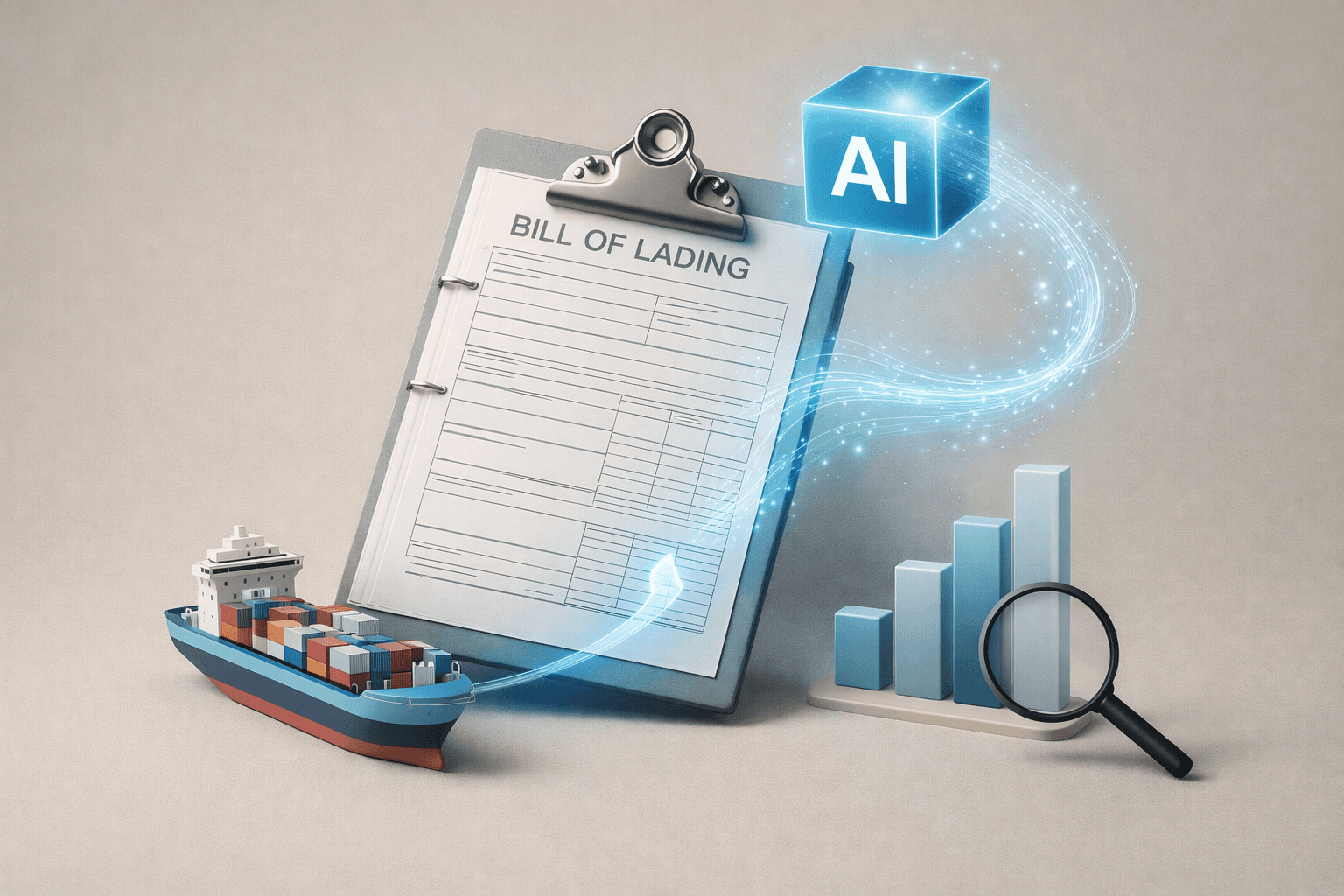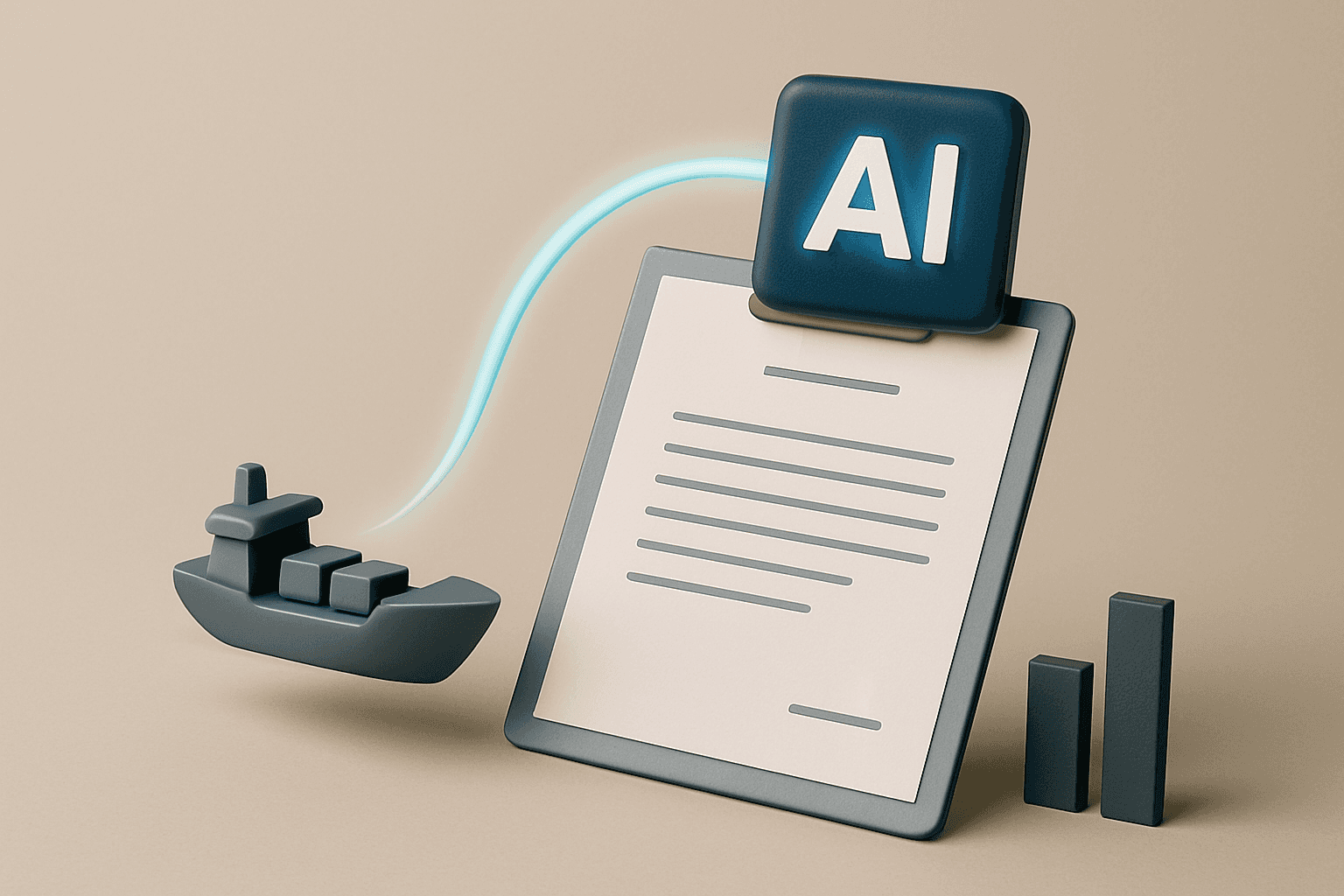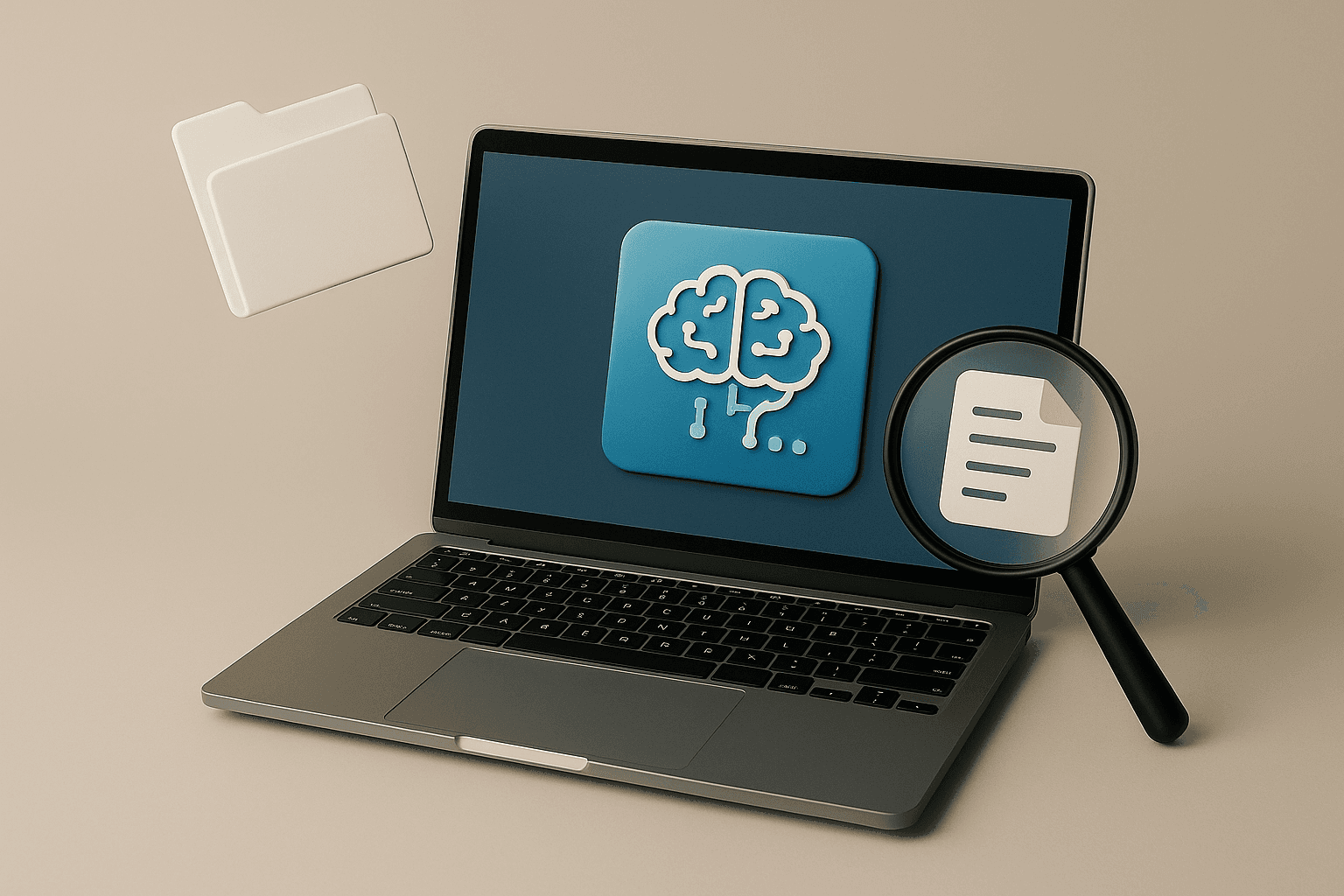Insight
RAG vs Traditional Search: Why Retrieval-Augmented Generation Is the Future of Querying
Sep 10, 2025
The Problem with Traditional Search
Keyword matching: fast but shallow
Traditional search engines work by matching exact keywords in a static index. While this method is fast and efficient, it lacks the depth required for nuanced understanding. Users often receive results that include the queried term but miss the actual intent behind the search.
Semantic intent often missed in enterprise and research contexts
Enterprise and academic users frequently search for conceptual or semantic answers. Traditional search fails to capture these intents, making it hard to surface relevant insights from unstructured documents, long-form PDFs, and diverse data sources.
Relevance limited by static indexing and outdated content
Static indexing means the search engine won’t reflect recent document updates or learn from user behavior. This limits the system’s ability to surface contextually rich and up-to-date information—especially critical in compliance, legal, and scientific environments.
What Is RAG and How It Works
Retrieval-Augmented Generation explained
RAG (Retrieval-Augmented Generation) is a hybrid architecture that combines information retrieval with natural language generation. Instead of relying solely on a static index, it pulls relevant data chunks and passes them to a large language model (LLM) to generate context-aware responses.
Embeddings, vector search, and grounded LLM responses
RAG uses semantic embeddings to convert documents into vector representations. When a user submits a query, the system searches for semantically similar vectors and retrieves corresponding content chunks. These are fed to the LLM, which crafts an answer grounded in those sources.
Cited answers and context-rich generation
A key feature of RAG is its ability to cite the sources used in generating an answer. This transparency ensures verifiability and makes RAG particularly well-suited for regulated sectors where factual grounding and audit trails are critical.
Key Differences: Traditional Search vs RAG
Traditional: deterministic, lightweight, index-based
Relies on keyword matching
Uses inverted index structures
Fast but limited to what is explicitly indexed
RAG: generative, context-aware, dynamic retrieval
Retrieves based on semantic similarity
Combines retrieval with generative LLM responses
Adapts to document updates and nuanced queries
Table: Accuracy, Latency, Scalability, Implementation Complexity
Feature | Traditional Search | RAG-Based Search |
|---|---|---|
Accuracy | Medium | High (contextual + source-backed) |
Latency | Low | Medium to High |
Scalability | High (mature) | Medium (vector DB dependent) |
Implementation Effort | Low | High (embedding + orchestration) |
Use Cases Where RAG Shines
Legal: clause-level search with citation tracking
Legal teams can search across thousands of contracts and surface specific clauses—complete with citations—making document review faster and more defensible.
Research: multi-document analysis and semantic query
Researchers benefit from RAG's ability to pull insights across multiple academic papers, even when terminology varies. This is ideal for literature reviews and hypothesis exploration.
Training: consistent, up-to-date Q&A from internal knowledge
Training and content managers can build internal Q&A bots powered by RAG, ensuring employees access the most current and policy-aligned answers based on internal documentation.
System Design Trade-offs
RAG introduces latency and architectural complexity
The need to embed documents, maintain a vector database, and run inference through an LLM introduces system latency and orchestration challenges. Proper engineering is essential to balance speed and accuracy.
Embedding pipelines, vector DBs, chunking strategies
RAG systems require robust pipelines to chunk documents into meaningful segments, embed them efficiently, and store them in a vector DB. Poor chunking can lead to irrelevant responses, while inefficient indexing slows down retrieval.
When to use hybrid search: blending keywords + vectors
Hybrid systems that combine keyword filtering with vector similarity often yield the best results. This allows fast narrowing of scope with keywords followed by deep semantic ranking.
Advanced RAG Variants: Graph and Agentic RAG
Graph RAG: knowledge graph-enhanced reasoning
Graph RAG enhances traditional RAG by using knowledge graphs to map relationships between concepts. This enables multi-hop reasoning and better answers to complex, layered queries.
Agentic RAG: protocol-aware retrieval for enterprise workflows
Agentic RAG enables retrieval agents that follow workflows or protocols (e.g., legal review, audit compliance). These agents use memory, context, and reasoning to perform multi-step tasks reliably.
Use cases: multi-hop queries, adaptive document traversal
Advanced RAG is ideal for scenarios requiring synthesis from scattered sources. For instance, pulling policy implications from legal texts and comparing them across jurisdictions.
Wissly's Approach to RAG Integration
Local-first deployment for secure document retrieval
Wissly offers on-premise RAG systems tailored for security-conscious environments. All data stays local, ensuring privacy and compliance with strict regulations.
High accuracy with citation-backed GPT responses
Wissly uses RAG pipelines that produce grounded GPT responses with full citations—helping teams trust the outputs and trace answers to source content.
Built-in auditability, multi-format support, and low-latency vector indexing
Wissly supports PDFs, DOCX, HWP, and more. The platform includes built-in audit trails, role-based access control, and high-performance vector indexing for enterprise-scale deployments.
Conclusion: From Search to Semantic Discovery
RAG systems are complex—but context, accuracy, and trust make it worth it
While RAG requires more resources to deploy, the payoff is a radically improved search experience—where context, accuracy, and explainability come standard.
Wissly helps organizations shift from basic search to true knowledge querying
By embedding RAG in secure, enterprise-ready infrastructure, Wissly enables a new level of document understanding, empowering teams to extract knowledge—not just data—from their content.
Recommended Content










